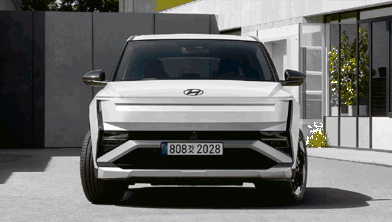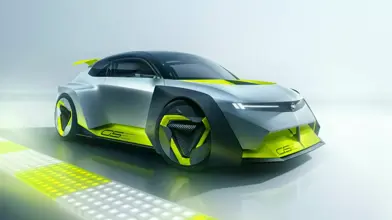The rumour mill surrounding Mark Winterbottom has been in full swing over the last few months, and last night it was confirmed; after 13 seasons with Tickford Racing (formerly Ford Performance Racing and Prodrive Racing Australia), he will depart the Supercars Championship squad at the end of this season.
“I know this will disappoint many of you,” Winterbottom said on a live-stream social media post. “But, I want to ensure you that I will still be on the grid in 2019 and beyond.”
The news came on the eve of day one of the ITM Auckland SuperSprint at Pukekohe Raceway. After a particularly lean season, ‘Frosty’ sits 13th in the standings.
"After ongoing discussions with us about his driving future, Mark Winterbottom has decided not to return to Tickford Racing in 2019,” stated the Tickford media release.
"Whilst we are sad to see the partnership conclude at season’s end, we will all look back fondly on the accomplishments we’ve achieved together.”
With the rest of Tickford’s driver line-up (Chaz Mostert, Cameron Waters, and Kiwi Richie Stanaway) set to remained unchanged for next season, two questions remain – where will Winterbottom land, and who will replace him?
Those things are still to be confirmed (though Winterbottom has been linked to Preston Hire Racing), so in the meantime we look back on five big achievements that shaped Mark Winterbottom’s Supercars career, as well as the Tickford dynasty.
Pukekohe 2006
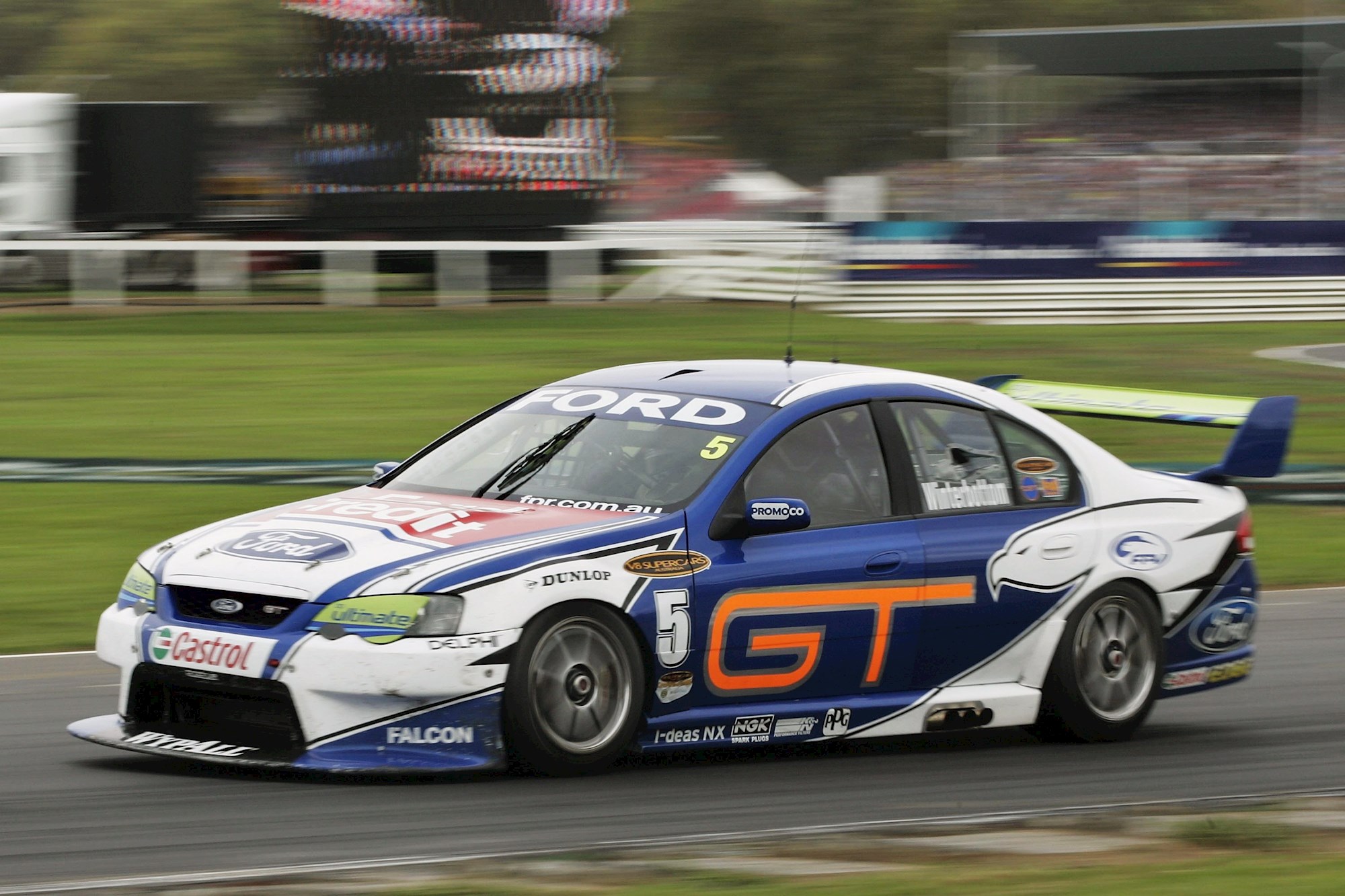
After a whirlwind championship win in the Development Series feeder category in 2003, Winterbottom’s first years as a full-time Supercars driver were challenging. But, they were rewarded with a drive at Ford Performance Racing in 2006.
FPR were still trying to get a foothold in the series. Despite huge investment from Prodrive in the UK and some star drivers (like Craig Lowndes), they struggled in their first few years with reliability, bad luck, and all the other things that happen with a new team. But, both they and Winterbottom would grow together over 2006.
And it started at Pukekohe.
Prior to the event (which was round two of the season at the time), Winterbottom’s best solo result was a 10th place two years prior. Few expected him to set the world alight early, which was why his explosive fourth place and two third-place finishes at Pukekohe were such a surprise.
It was a weekend that helped set the tone not only for Winterbottom, but for teammate Jason Bright and the rest of the FPR team. It proved to be their best season to that point; both drivers going on to earn a smattering of wins (including at the illustrious Sandown 500), with Winterbottom ending the season third in the points.
He finished 29th the previous year, just for reference.
Pretty much the whole 2008 season (well, not all of it)
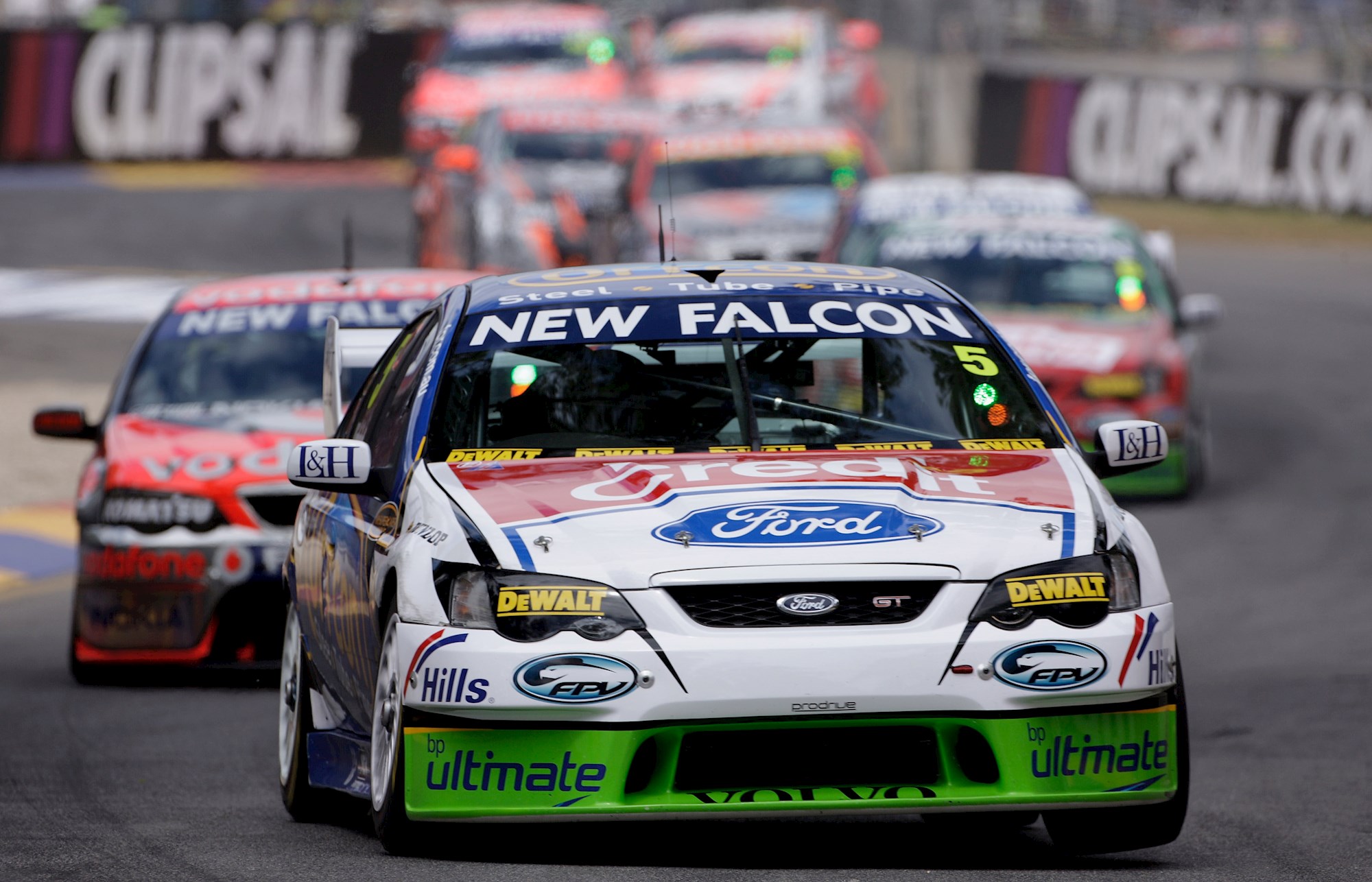
After a ‘what if?’ themed 2007 season (underlined by that Bathurst), Winterbottom looked every bit like a championship winner in waiting in 2008.
At certain points, it felt like they could’ve just given him the title early … such was the size of his lead in the standings. Between round four at Barbagallo Raceway and round seven at Queensland Raceway, he only finished off the podium once.
It was in these moments that his on-track rivalry with Jamie Whincup began to flourish. The two regularly found themselves racing on track together, door to door.
But, it was Whincup that won Bathurst and then the six races that followed. Frosty faded, but nonetheless had showed that he could be as consistent as the best in the business.
"What a way to say goodbye to Hamilton"
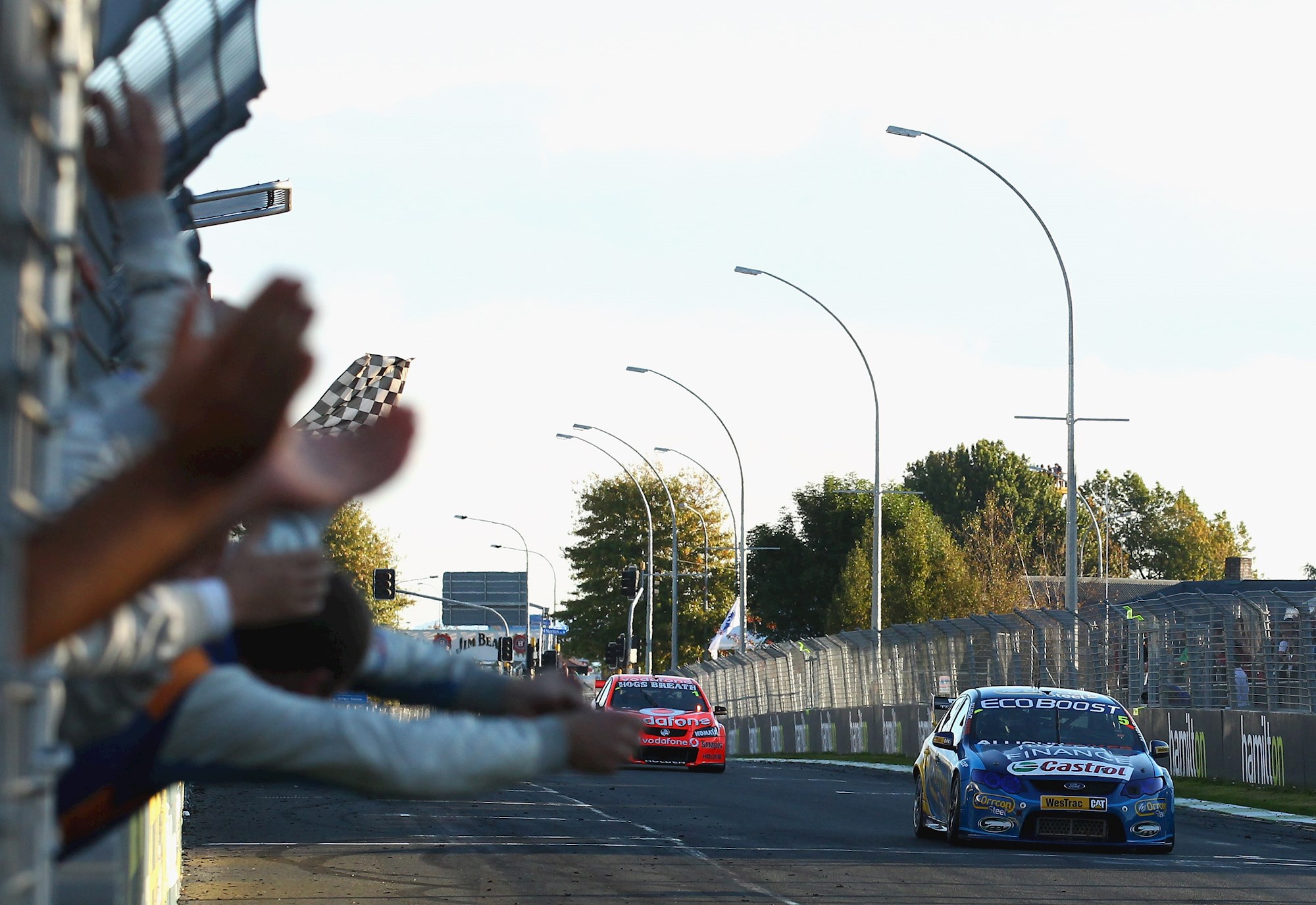
The 2012 Supercars season won’t be remembered for much. With most of the paddock sinking their time and investment into the all-new ‘Car of the Future’ cars that were coming in the new year, only a handful of drivers were truly competitive on track.
In fact, just four drivers from two teams actually won races that year; Winterbottom being one of them.
One of the year’s highlight was the incredible final race at the ITM Hamilton 400. It wasn’t only the final race of the weekend, but also the final race at the embattled venue. And those trackside witnessed one heck of a show (ironically, those watching on television had their broadcasts abruptly cut off before the battle kicked off … but that’s another story).
The race boiled down to a one-on-one shootout between Winterbottom and Whincup. Both drivers were approaching the peak of their careers, and hungry to torpedo the other in the title chase. Whincup clearly had superior pace, but Winterbottom was at his defensive best.
An incredible defence through the two major passing opportunities (turn one and turn two) saw Winterbottom hold first place after swapping some paint. The rest of the lap, Whincup shadowed the FPR runner like a hawk, coming within whiskers of knocking his rear bumper.
It was perhaps the best example of the pairing’s fierce rivalry. Until Bathurst the following year, at least …
"Hold your breath, Australia"
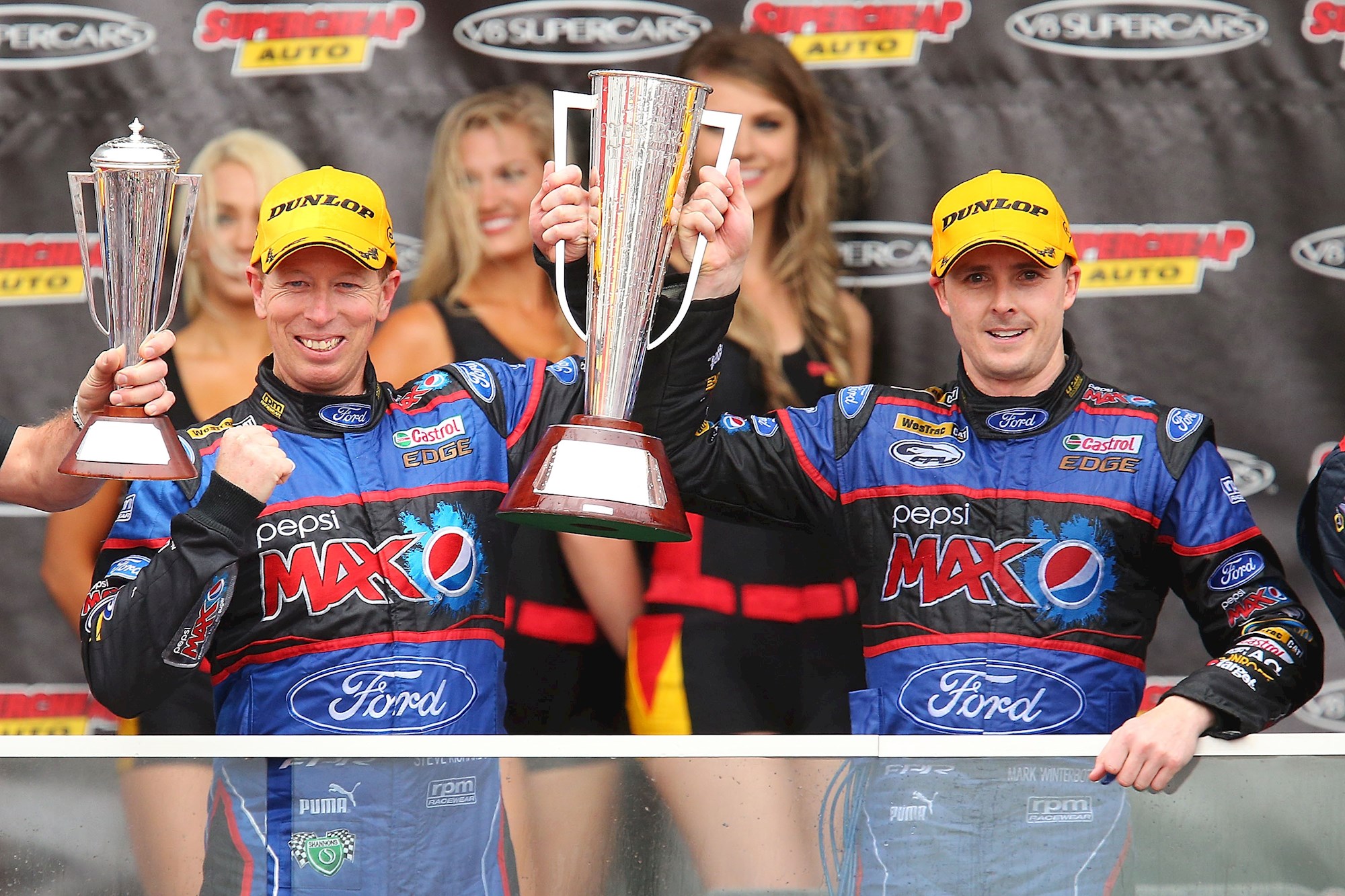
Remember Bathurst in the ‘70s and ‘80s? Winning cars would often take the chequered flag with huge margins of a lap or more over the car in second place. Hell, Peter Brock and Jim Richards famously won ‘The Great Race’ in 1979 by six laps.
The modern era has seen margins drop down to nothing, and Winterbottom’s 2013 Supercheap Auto Bathurst 1000 win with co-driver Steve Richards was arguably the first finish that was genuinely decided on the final lap. And naturally it was Whincup that had pushed him all the way.
The previous few years at Bathurst had tight finishes, for sure, but none of them saw the car in second actually make a dive or a lunge for position. Not so in 2013.
Frosty held the lead heading into the lap, but much like the Hamilton race Whincup was steaming into view like a freight train.
It all came down to Griffins Bend. You would think that on the final lap of the Bathurst 1000 that a move around the outside of turn two would be silly, but hindsight is a beautiful thing and in Whincup’s mind a move there was on.
Getting in Winterbottom’s draft up Mountain Straight, he attempted to run around the outside of the Falcon … only to run wide on the dirty line and over the edge of the outer ripple strip. From there it was Winterbottom’s win; a well-deserved one after years of trying at Mount Panorama.
No longer the bridesmaid
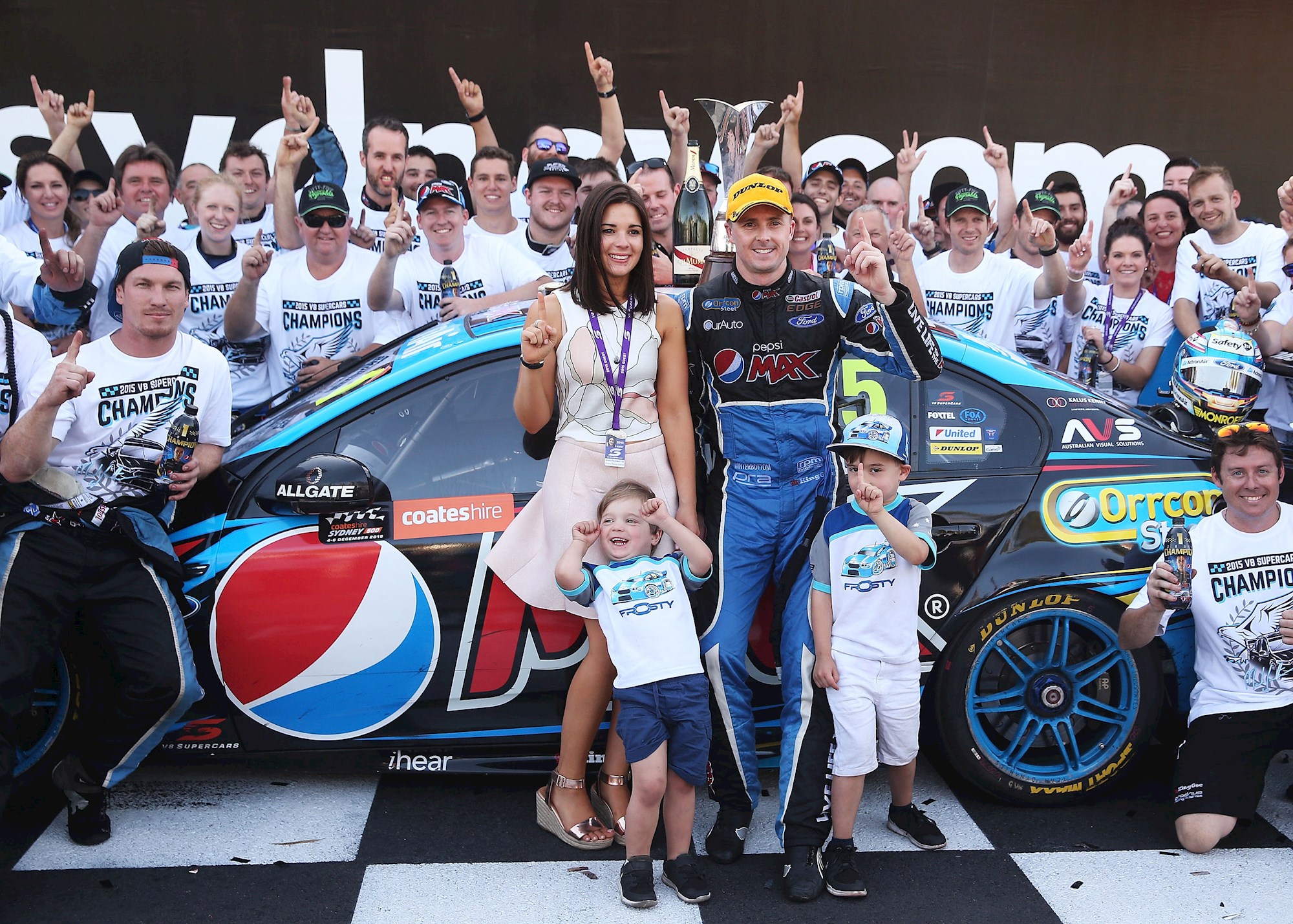
With Bathurst off his shoulders, the other monkey still on the popular Ford ace’s back was the lack of a championship trophy in the cabinet. He was close in 2008, and between 2009 and 2014 he was in the top three in the standings four times.
For 2015, Ford debuted the FG-X; a new Falcon body style that proved to be the blue oval’s last. The conspiracy theorists argued pretty early on that the FG-X had an advantage over the equivalent Holden, Nissan, Volvo, and Mercedes-AMG.
Not that it necessarily showed itself in the results (Red Bull’s Whincup and Craig Lowndes scored a haul of 14 race wins between them over the course of the season).
Nonetheless, this will arguably go down in Supercars folklore as Tickford’s strongest year. Winterbottom was joined by hot-shot youngster Chaz Mostert, and together they looked like favourites to finish first and second in the title chase. And although a devastating crash at Bathurst ended Mostert’s season prematurely, for Winterbottom there would be no repeat of 2008.
In the end he wound up winning it at a canter by more than 200 points. On the basis of margin, it's one of the most clear-cut title wins of the modern Supercars era.
Will it also be Winterbottom's last? Time will tell ...







